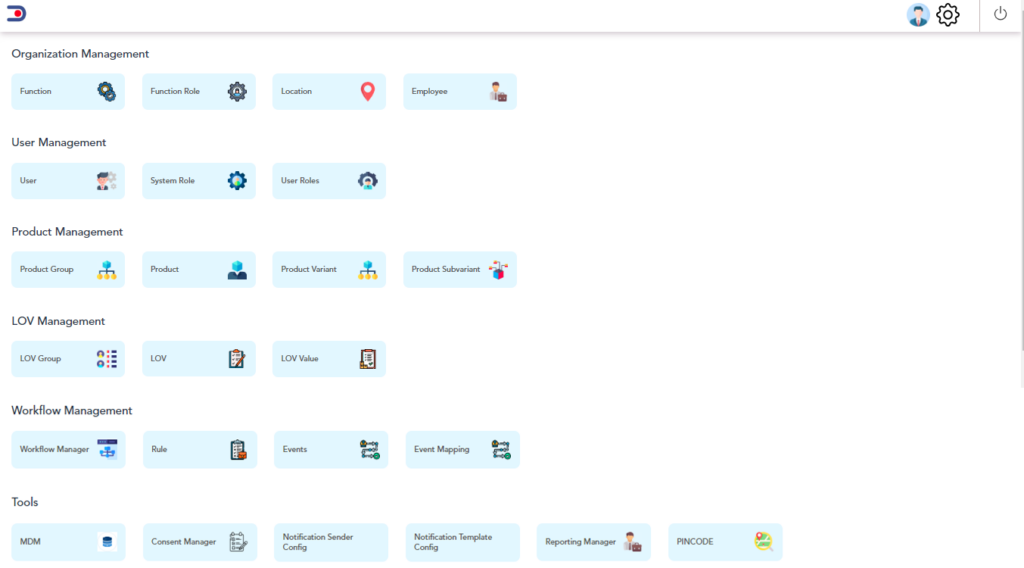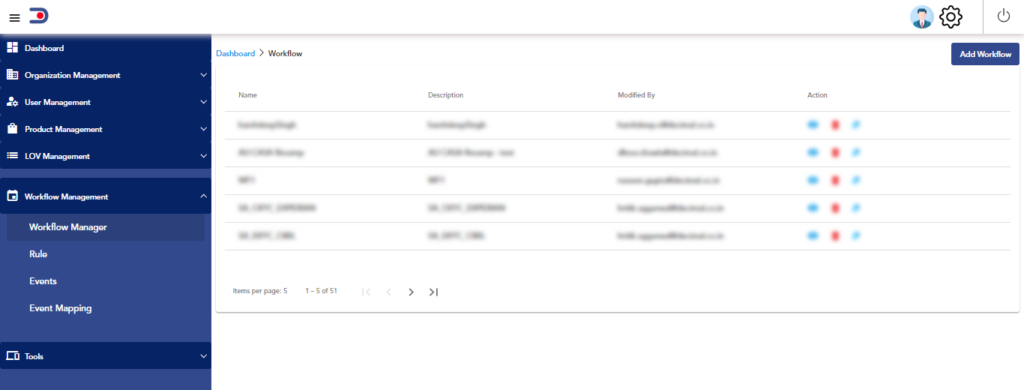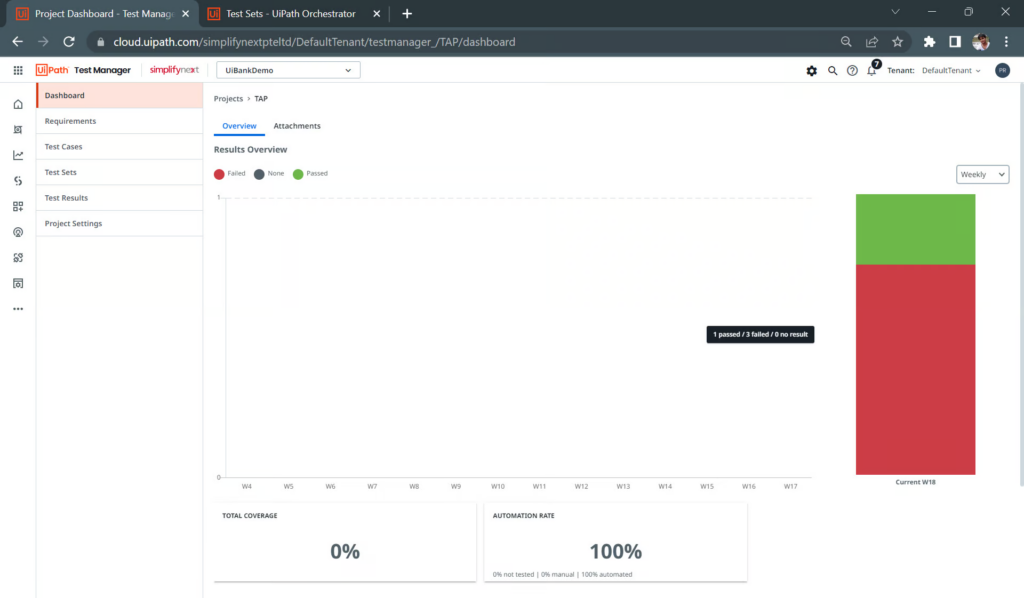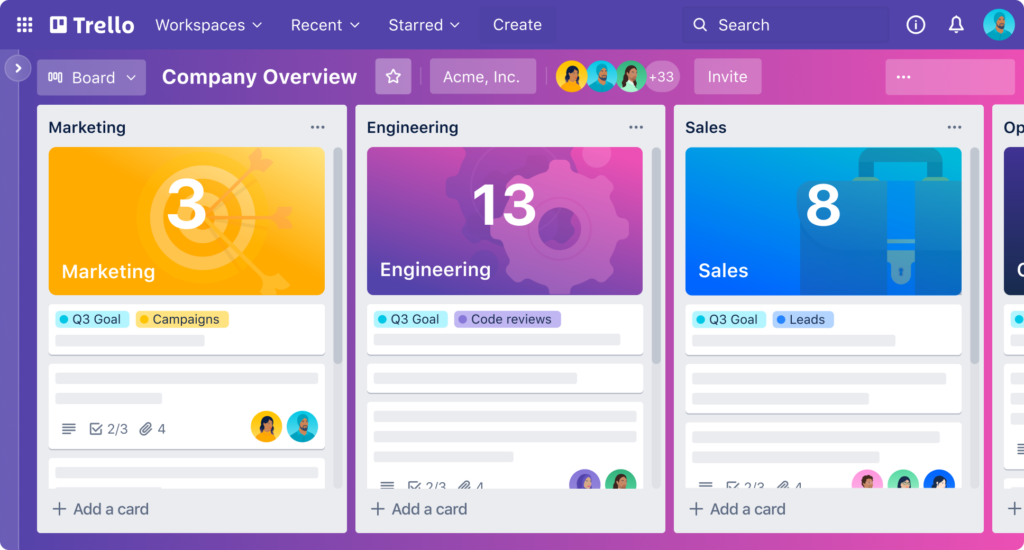In this high-speed age, time is money and the guiding principle of efficiency prevents delays. No matter whether you’re a small entrepreneur or an old pro, computerizing your work processes will increase productivity and reduce errors while also making it easier to operate. In this concern, we unfold the 5 best tools to automate your workflows.
Table of Contents
ToggleBest tools to automate your workflows are:
Decimal’s Vahana Cloud: Smoothest Course for Automation
Flowing in at the cutting edge of workflow automation is Decimal’s Vahana cloud, a radically new tool for making complex procedures easier and increasing efficiency. Also, Vahana cloud provides a convenient interface for users of all technical skill levels. The unique feature is that it can be used in conjunction with the ordinary that means acting as a bridge between the techies and the non-techs, thus flowing easily into an automatically operating workflow environment.


a. Drag-and-Drop Workflow Builder:
Intuitive drag-and-drop interface This means that Vahana cloud users can write or create their own workflows, and need not be skilled coders. As a result, this feature also allows automation to touch on all levels of personnel in the organization and not just be limited to IT people.
b. Cross-Platform Integration:
The fact that Vahana cloud is platform- and application-agnostic can be considered one of its most impressive selling points. Whether it’s popular project management tools or even CRM systems and communications platforms, Vahana cloud provides a smooth integration experience.
c. Real-Time Analytics:
And Vahana cloud’s high-powered analytics equipment will help you keep up with your work. Track performance, find bottlenecks and allow evaluation of analytic results to improve automated processes.
d. Scalability:
More business means greater automation demands. Vahana cloud is built for growth, and can expand to meet your needs as you grow and change.
Zapier: Connecting Your Apps with Ease
Zapier is one of the most well-known automatic link programs, also known as a glue tool. Everybody loves numbers. With Zapier you can make ‘Zaps,’ which automatically transfer data between your favorite apps, doing away with the need for manual workflow. Most eye-catching is that this tool can be used to streamline repetitive tasks, particularly for small businesses and freelancers.

a. Multi-Step Zaps:
Users can now create single-step Zaps, and even multi-steps like texting over wireless. All of this adds up to a lot more automation–which is what it’s all about for us anyway. This is a very important feature, because you can chain together steps in different programs. Nothing falls through the cracks this way and everything gets integrated into one smooth process of automation.
b. Conditional Logic:
Conditional Logic is a feature from Zapier that enables you to include Mechanical (a.k.z Computers) Conditional statements consist of rules that lead to the next task, depending upon what criteria have been met. This means your automation will be able to adapt dynamically to new circumstances, and it’s extremely useful in adapting workflows.
Microsoft Power Automate: Unleashing the Power of Microsoft 365
What is Power Automate formerly named Microsoft Flow? This question will be addressed. First of all, it belongs to the product family Twelve Apps in one Box Windows 365 composed by Microsoft. What does it allow users to do? It links up a range of applications or services and automates workflows between them. Power Automate offers numerous ready-made public templates and requires little manual entry, so fully Microsoft environments find it an indispensable tool.

a. AI Builder Integration:
In addition, PA also offers many AI capabilities and their own version of Power Automate. For example, it could involve functionality like text recognition and sentiment analysis or object detection in images to make your workflows even smarter.
b. Approvals and Feedback Loops:
Power Automate can automate approval processes, simplifying the managerial task of approving work. For in-document reviews, or even project sign offs, that is the feature to use. It allows you to set up automated approver flows and eliminate delays while increasing working efficiency due to fast collaboration on documents reviewed together as a group. Furthermore, this feedback loop functionality means you can collect user opinions and amend based on experience over time, properly optimizing your workflow.
UiPath: Taking Robotic Process Automation to the Next Level
UiPath develops software that automates business processes by imitating human interaction with computers. The company completes a wide range of tasks, collectively defined as robotic process automation (RPA). But this tool is even more enormously useful if you’re in an industry like finance where humdrum data entry and processing can take days. The automation capabilities at UiPath do not stop here. They also provide solutions to more complex business processes like those workflows mentioned above.

a. Robotic Process Automation (RPA):
UiPath renders its services in RPA, which enables firms to put repetitive, rule-based operations into a computer. It is especially useful for those industries whosebyte-to-be technologies contain routine operations involving the constant extraction, entry and manipulation of data. For example, using UiPath’s RPA capabilities to manage routine tasks allows the people doing it all that much more time for strategic uses.
b. Orchestrator for Centralized Management:
UiPath Orchestrator lets you control all the processes in your automation operation center. It is a convenient and useful feature that enables one to keep an eye on, time and manage robots through the same user-friendly interface. By using Orchestrator, you ensure that everything is automated completely and won’t be crowded into the systems when there are suddenly increased operations.
Also Read: Key Considerations for Choosing the Ideal Workflow Manager
Trello: Streamlining Project Management Workflows
Trello is predominantly a project management platform, but its automatic functions place it right into the heart of workflows. Using the Butler smart automation engine, Trello users can define sets of custom rules and associated commands to start their own automated processes via a simple click-All necessary work will be completed without interruption or delay.

a. Butler Automation Engine:
Trello’s Butler automation engine allows users to establish their own board rules and tags for tagging. Highlighting actions Select the most useful card type Automate tasks you do over and again To be reminded by a due date command Calendar fill-in Voice commands Allow for more managerial oversight of workflows
b. Card Aging:
Where cards get old Trello’s Card Aging feature displays the age of each card on your board visually. The colored nature of the cards helps too. As they age, colors become very apparent at a glance and this is how you discover what things need to be done right now. It’s a nice feature for managing task orders and making sure you don’t overlook old cards in your project management workflows.
Conclusion:
The above examples of best tools to automate your workflows provide and hint at how nearly everyone’s work day can be made even more streamlined. Automation is a channel for unlocking unprecedented efficiency in your processes, thus giving rise to endless possibilities.
Of these, the most intuitive is Vahana cloud offered by Decimal. It provides a simple user interface, platform-independent operation and configuration, actionable results analysis capabilities in real time as well as scalability protection functionality.
In exercising your options, keep in mind that there is no one-size fits all automation solution; it’s the application to your needs and of vision on how you expect business to operate going forward.
True or false?
Consider specific things such as operation simplicity, integration potential and platform scalability to evaluate the alternatives. Making a suitable choice requires careful consideration of your organizational objectives.
Use of automation tools in daily work will embrace help from computers. It is a new way to write one’s own future history and allow productivity to have wings for soaring high up into the sky.
